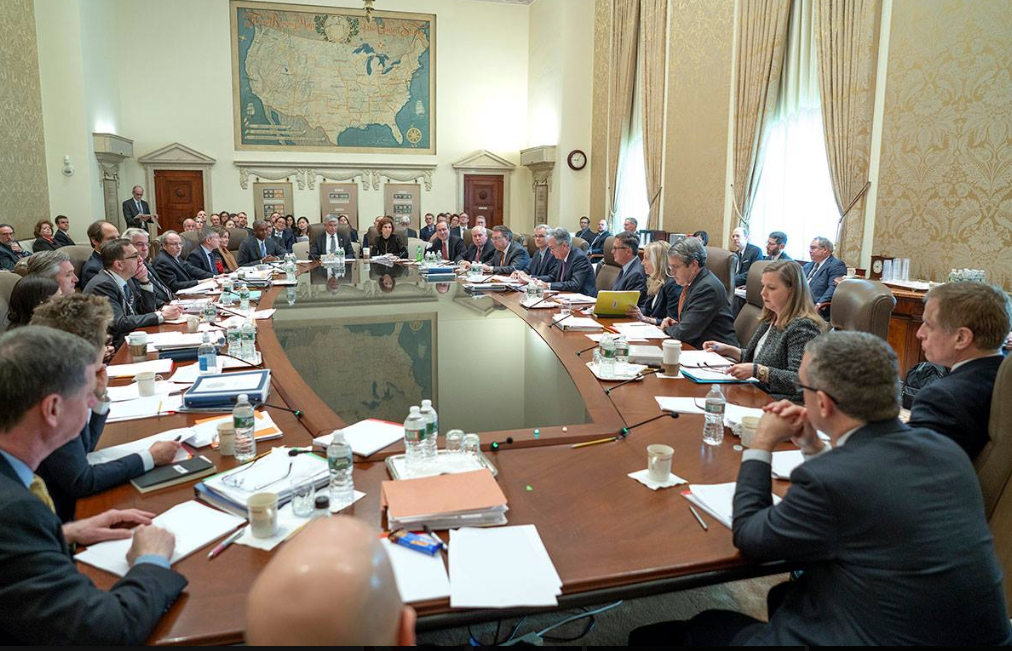How do central banks deal with excess liquidity?
Economic growth is surging in the developed nations, inflation is rising sharply, some central banks have already started to pare back their monetary stimulus, triggering the drop in government bond yields.

Fed is planning to pare back liquidity by tapering.
The common explanation given for this is that the market agrees with the central banks that the rise in inflation will be temporary, but we are not sure that this is the real reason.
In the Standard Bank’s view, a greater part of the explanation for the continued low level of government bonds can be found in central bank liquidity. For while there are undoubted expectations that major central banks such as the Fed, ECB and BoE will pare back their bond purchases, the current state of play suggests that liquidity is still very ample and this is leading many to ‘park’ cash in the government bond market even if they are somewhat wary of the risks, such as higher inflation.
There are many measures of excess liquidity. One is the amount of overnight reverse repos that financial institutions are doing with the Fed at the moment as they park spare cash with the bank. Right now, these are running at close to USD1tr. Up until a few months ago, these reserve repos had amounted to was around USD400bn, or less than a half of their current level, and then only very briefly. A second measure is the ECB’s own measure of excess liquidity which is essentially the amount of excess liquidity banks hold compared to their prudential needs. Right now, this sits at well over EUR4tr; more than double the amount that was seen before the pandemic.
Another reason why we suspect that confidence about falling inflation is not the key to low yields, comes from the fact that investor demand for inflation-protection is very strong. For instance, inflows into US Treasury Inflation-Protected Securities (TIPS) were the strongest we’ve ever seen over a one-week period in late July. Indeed, such hefty flows may be one reason why the signals from the TIPS market about inflation expectations might be a bit wide of the mark.
The observations we make here throw up a number of issues. The first is that if liquidity conditions are the key to low yields and not confidence about lower inflation, then is the bond market going to be vulnerable when the big central banks, like the Fed, start to pare liquidity by tapering? Another question is that, if inflation expectations are not playing a big part in what’s happening to nominal yields right now, might that change once the dominance of liquidity diminishes, and especially if inflation proves much tougher than anticipated?
Whatever happens it looks as if nominal yields will rise again unless, that is, central banks are forced to ply the financial system with ever more liquidity. Mr. Steve Barrow, Head of Standard Bank G10 Strategy, said that could happen if the Delta variant of coronavirus takes a big chunk out of global recovery prospects, but the chances of this happening are small. Another possibility that could keep yields this low, or lower, is that central banks, led by the Fed truly appreciate they are in a debt trap as tapering sparks market mayhem, forcing the banks to back-track and pump prime liquidity again. But the chances of this happening are relatively modest. In contrast, the risks of inflation remaining more elevated than generally anticipated are quite high. That, not surprisingly, is partly due to the fact that inflation expectations are currently very low, at least relative to actual inflation rates. More than this, the underlying inflationary pressures are both rising and broadening. Some rise in inflation is good given that inflation has been too low in the past and central banks generally want inflation to be higher than it has been.
However, Mr. Steve Barrow said, the danger is that we could get too much of a good thing, with inflation overshooting. If that happens, it is going to be harder for government bond yields to follow the money (liquidity) and fall, and instead are more likely to follow inflation, and rise. Hence, our target set at 2% for 10-year treasury yields over the next 6-12 months.








